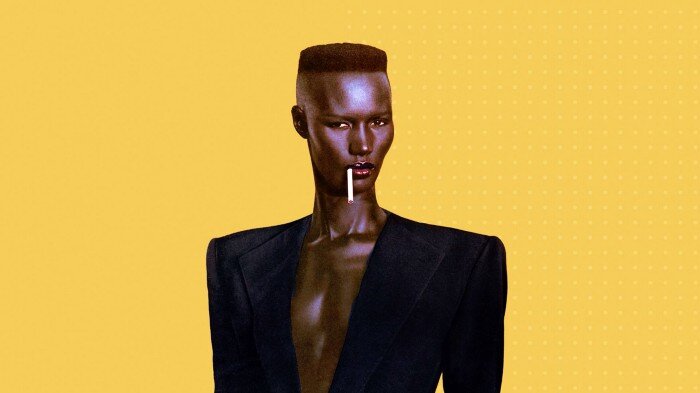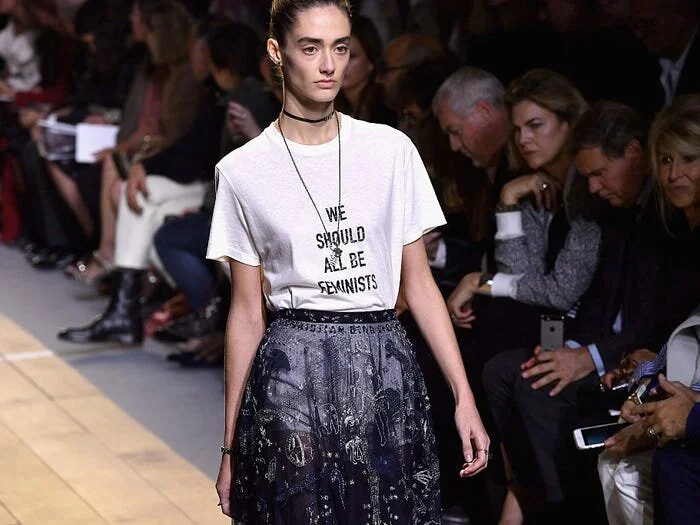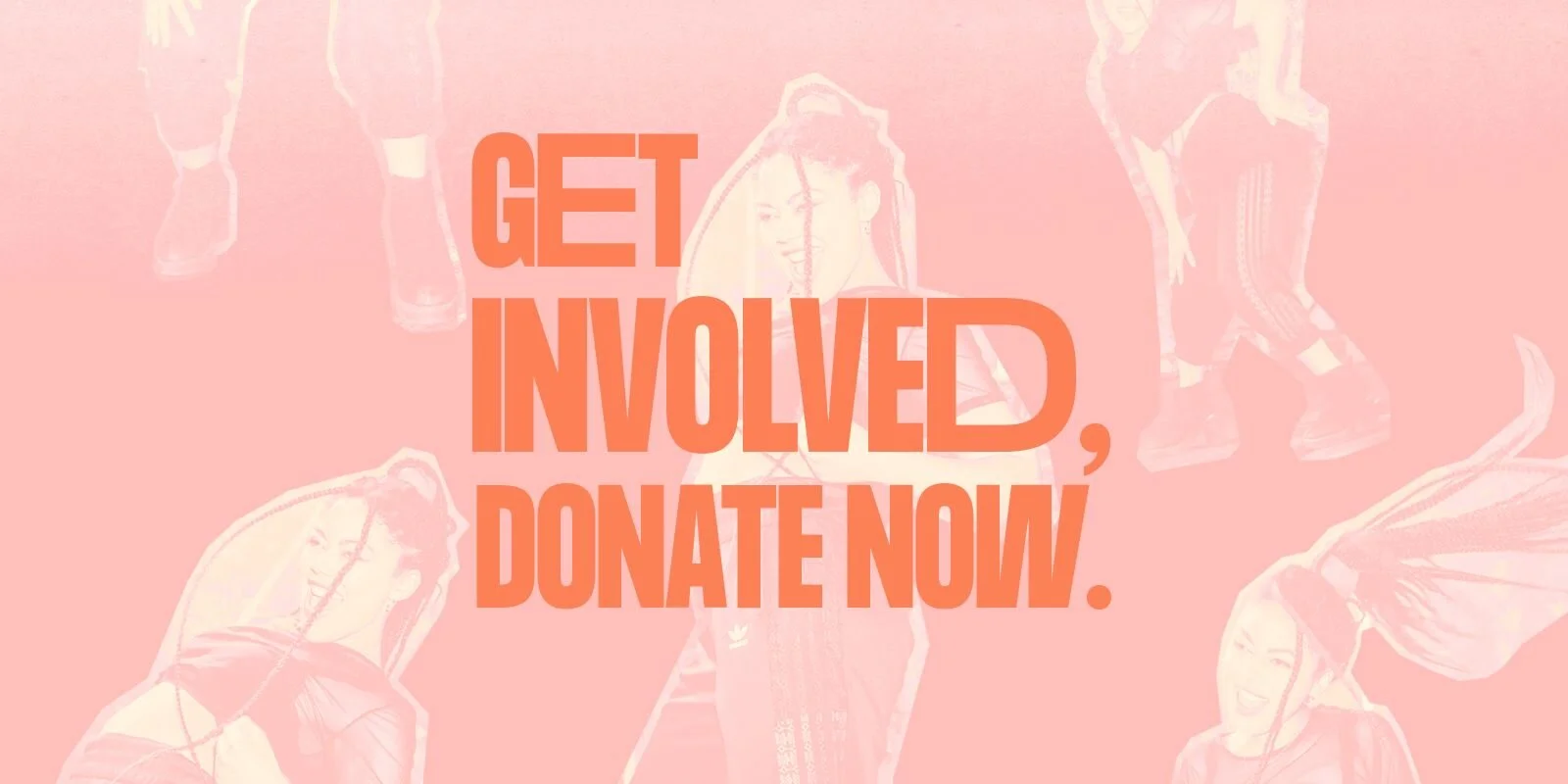A History of Feminist Fashion: Prominent decades and idols that redefined what it means to be a woman
by May Garland
Fashion throughout history has suppressed individuals through society’s constructs of beauty. However, fashion has also become a medium for expression and liberation from social boundaries. I researched into the most iconic fashion moments that promoted feminism and, for me, these are the prominent decades and idols that helped redefine what it means to be a woman.
The Bloomer Craze
Let’s start with the activist and advocate for women’s rights, Amelia Bloomer. Her iconic style of loose tunics and baggy trousers liberated women from constricting corsets and full skirts. The 1850 ‘Bloomer Craze’ of her popular, cuffed pantaloons steered fashion into the realms of comfort and mobility.
She argued, “let men be compelled to wear our dress for a while and we should soon hear them advocating change”. Bloomer encouraged dress reform and the manufacturing of garments that did not damage female’s health.
Suffragettes
I must include the Suffragettes that created the first wave of feminism in the early twentieth century, allowing women to vote and helping direct society on the right track towards gender equality. Their fashion still conformed to the traditionally feminine, Edwardian dress, yet they were unified under three symbolic colours: purple for loyalty and dignity; green for hope; and white for purity.
These colours are of resistance to a repressive, domestic environment for women and have influenced fashion choices today such as in Hilary Clinton’s white outfit for the third general election and Shirley Chisholm’s white look as the first African American woman elected for Congress.
Coco Chanel
Coco Chanel with Duke Laurino of Rome on beach at the Lido
The LIFE Picture Collection/Getty Images
From her humble background, Coco Chanel has revolutionised womenswear from full skirts to trousers and transformed the curvaceous sartorial silhouette to the straighter shape through casting aside the caging corsets.
The elegant minimalism encouraged society to take a serious attitude to women, and the increase in sport outerwear supported the new active and dynamic female.
Flappers
The Flappers lifestyle epitomised the fun and vivacious ‘Roaring Twenties’ with their progressive bob haircuts, boyish physiques and higher hemlines. Their fashion mirrored the electric and daring jazz and challenged the societal ideal of the subservient housewife.
WWII
The extravagance and elegance of fashion disappeared with the urgency of the Second World War and domestic households relied on their textile skills to create their own practical and enduring garments.
Luxurious materials were replaced with the durable denim, gingham and calico, and the utilitarian fashion of Rosie the Riveter became a symbol for the women taking on work responsibilities in the industrial labour force.
The practicality of fashion mirrored the troubling times and the need for national unified support, whilst also reminding us of the increase of female agency in society.
The ‘60s
The ‘Swinging Sixties’ saw the rise of the second wave of feminism and youth culture. The controversial minidress movement sported by the model, Twiggy was what the fashion designer and icon, Mary Quant, called “a way of rebelling”.
The oppressive structure of the bra was also discarded and the ‘bra-burning movement’ in 1968 received international attention and is still seen today as an iconic feminist moment.
This decade also saw the Hippie movement with its ethos for peace and love in response to global conflicts. Their flower power and loose garments subverted ‘fashion rules’ and some even disregarded clothes all together with the rise of public nudity.
Getty Images
The ‘70s
1970’s gave us celebrities like Grace Jones whose androgynous style blurred gender identities and encouraged a redirection in fashion of what is classically feminine.
Anna Klein also made an impact on the industry with her famous power suits that were designed for female empowerment and the independent, driven working woman.
Gia Carangi in a Giorgio Armani Spring/Summer campaign from 1980, photographed by Aldo Fallai
The ‘80s
We all think of the outrageous shoulder pads of the eighties, but this was a symbol for female empowerment and was even worn by Britain’s first female Prime Minister, Margaret Thatcher.
In contrast to this, the end of the decade brought Madonna’s legendary pink conical bra, designed by Jean Paul Gaultier and worn in her performance of ‘Express Yourself’.
The costume both satirised the traditional corset and transformed it instead into a phallic weapon, whilst also promoting sexual liberation and autonomy of female bodies.
Throughout all these eras of dramatic fashion developments we can see a progressive movement to gender equality. Fashion has given a voice to feminism and has become a medium to break out from the oppressive patriarchal system to a more gender-fluid future.
From the business pantsuits of working women to Maria Grazia Chiuri’s ‘We Should All Be Feminists’ T-Shirts worn in the 2017 Dior show, there are plenty of examples of where people have challenged traditional gender roles and femininity.
Although we still have room for improvement to achieve gender equality, fashion has allowed us to express individuality and feminism to change society for the better.
Jacopo Raule/Getty Images For Dior
This year’s FUZE is in aid of two charities: ArtRefuge and Black South West Network.
















